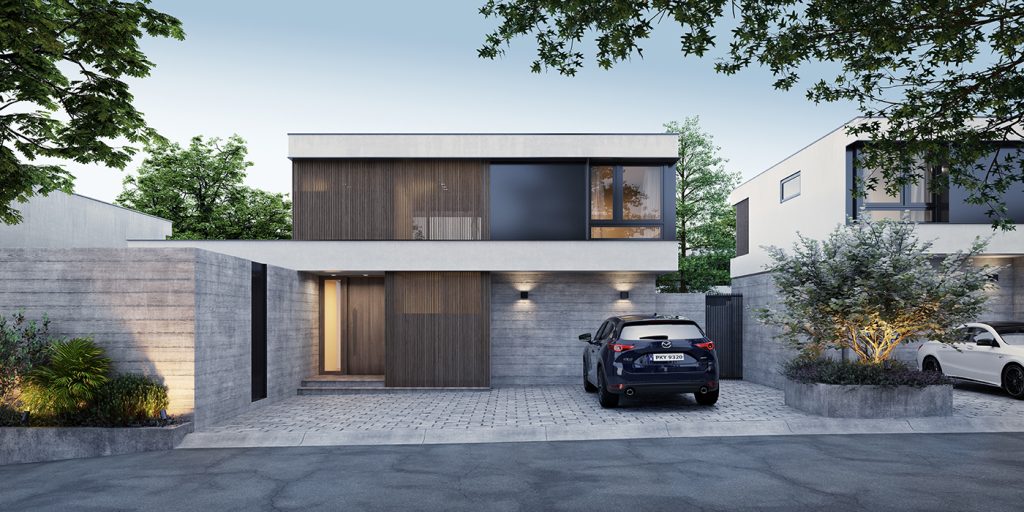3D rendering begins with the creation of a 3D model, which is a mathematical representation of a three-dimensional object. This model is made up of vertices, edges, and faces that define its shape and structure.
Once the 3D model is created, it needs to be textured and shaded to give it color and surface detail.

Lighting is crucial for creating realistic renders. It involves placing light sources in the scene to simulate how light interacts with objects.
The virtual camera in a 3D scene determines the viewpoint from which the scene is rendered. Camera settings include:
Several techniques are used in rendering to produce the final image:
The rendering process involves a series of steps known as the rendering pipeline:
After the initial rendering, additional post-processing effects can be applied to enhance the final image:
Several software tools and engines are used for 3D rendering, each with its capabilities and specialties:

